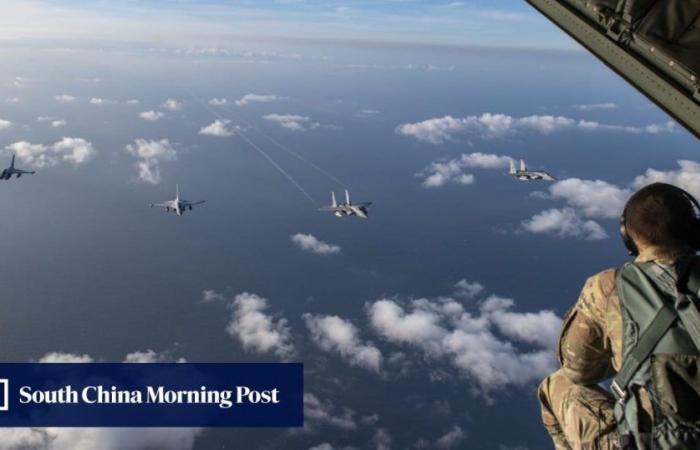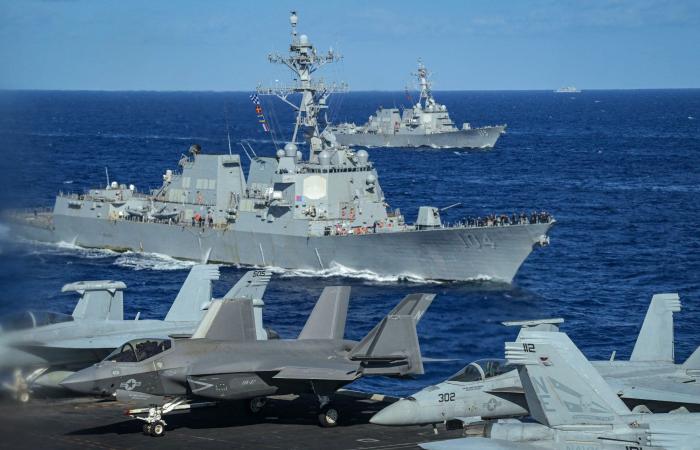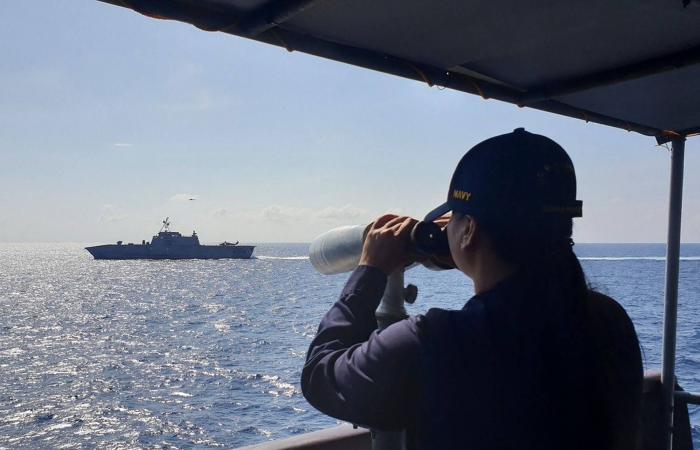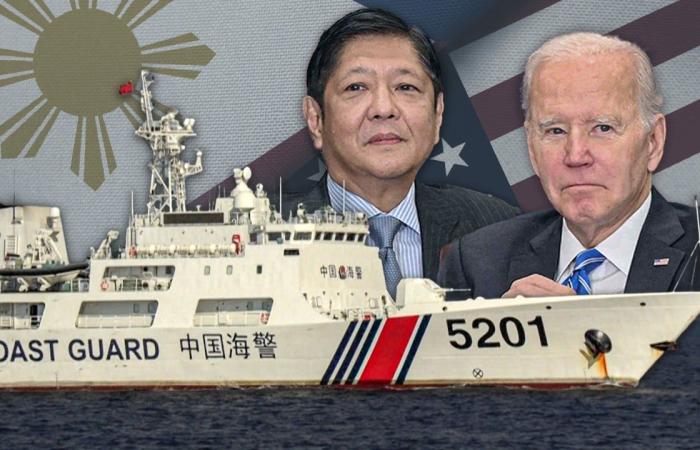Located less than 200km from Taiwan, Batanes holds strategic significance in the event of a cross-strait conflict. Beijing sees Taiwan as part of China to be reunited by force if necessary. Most countries, including the US, do not recognize it as an independent state, but Washington is opposed to any attempt to take the self-governed island by force.
The proposed port follows months of confrontations between China and the Philippines in the South China Seawith Beijing deploying coastguard ships and other non-military vessels to try to force Philippine boats off of contested areas.
Felix Chang, a senior fellow at the US-based Foreign Policy Research Institute think tank, stressed the geopolitical importance of a port in Batanes capable of providing fuel and services to multiple large vessels.
“In peacetime, such a port would surely enable the Philippines to better monitor its northern maritime border,” Chang said.
Given the sustained pressure Beijing has put on Manila in the South China Sea, the Philippines has managed to dispatch only the occasional coastguard or navy ship to patrol the waters around Batanes, according to Chang.
In the event of a conflict, Batanes occupies a strategic position, as the island group dominates the Luzon Strait’s three main channels: the Bashi, Balintang, and Babuyan.
“The first of which [mainland] Chinese warships would likely transit to encircle Taiwan and block attempts to resupply it from the west,” Chang said.
Once completed, the new port is likely to be the “closest friendly anchorage to Taiwan”, allowing it to serve as a strategic transit point for supplies or the 160,000 or so Filipino citizens who currently live on the self-governing island.
The port could also facilitate the rapid deployment of land-based anti-ship and anti-aircraft missile batteries that could help fend off the naval and air forces of mainland China’s Southern Theater Command, and protect shipping to and from Taiwan, Chang added.
“The port could also provide sanctuary for American ships damaged in battle or simply serve as a combat casualty collection point,” he said.
Noting that Manila could become embroiled in a larger regional conflict between mainland China and the US over Taiwan, Chang said the Philippines’ proximity would undoubtedly put it in a difficult position.
“As long as Washington is committed to the defense of Taipei, whatever choice Manila makes will be flawed,” he said
Manila’s current calculation might be that it would be far better to reduce the likelihood of a conflict over Taiwan ever occurring, Chang noted, and “the best way to do that is for the Philippines to help the US and its allies create enough countervailing strength that [mainland] China questions its ability to successfully bring Taiwan to heel with military force”.
Chang said that strength was also reflected in the willingness of US allies such as the Philippines to build the port in Batanes despite concerns about becoming embroiled in a Taiwan conflict.
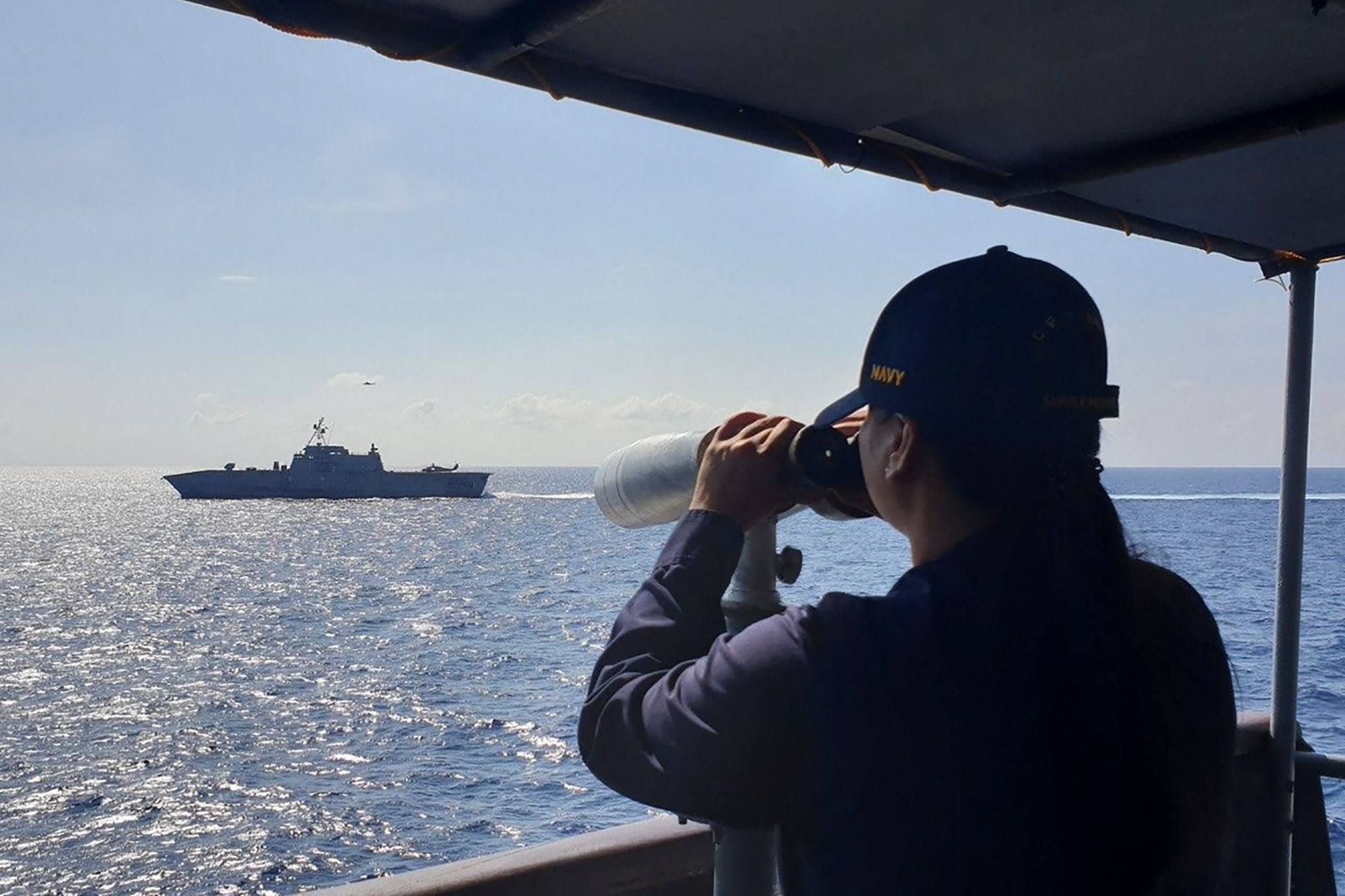
When asked about the port, Liu Pengyu, spokesman for the Chinese embassy in Washington, told Newsweek on March 11 the “Taiwan question is… a red line and bottom line that must not be crossed. Relevant parties in the Philippines need to understand it clearly, tread carefully, and avoid being manipulated and eventually hurt on this issue”.
Julio Amador, CEO of Amador Research Services, an advisory firm on political, economic and regulatory risks in the Philippines, said any conflict, whether low- or high-intensity, would inevitably spill over into the Philippines.
“No formal guarantees have been made to ensure that the rest of Asean, the Philippines in particular, will be insulated from China’s likely response,” Amador said, referring to the 10-member Association of Southeast Asian Nations grouping.
In the absence of a Taiwan conflict, Amador said the port could uphold maritime security and prevent illegal, unregulated, and unreported fishing activities, and keep the oceans open for economic activities that Manila, Beijing and Asean could all benefit from.
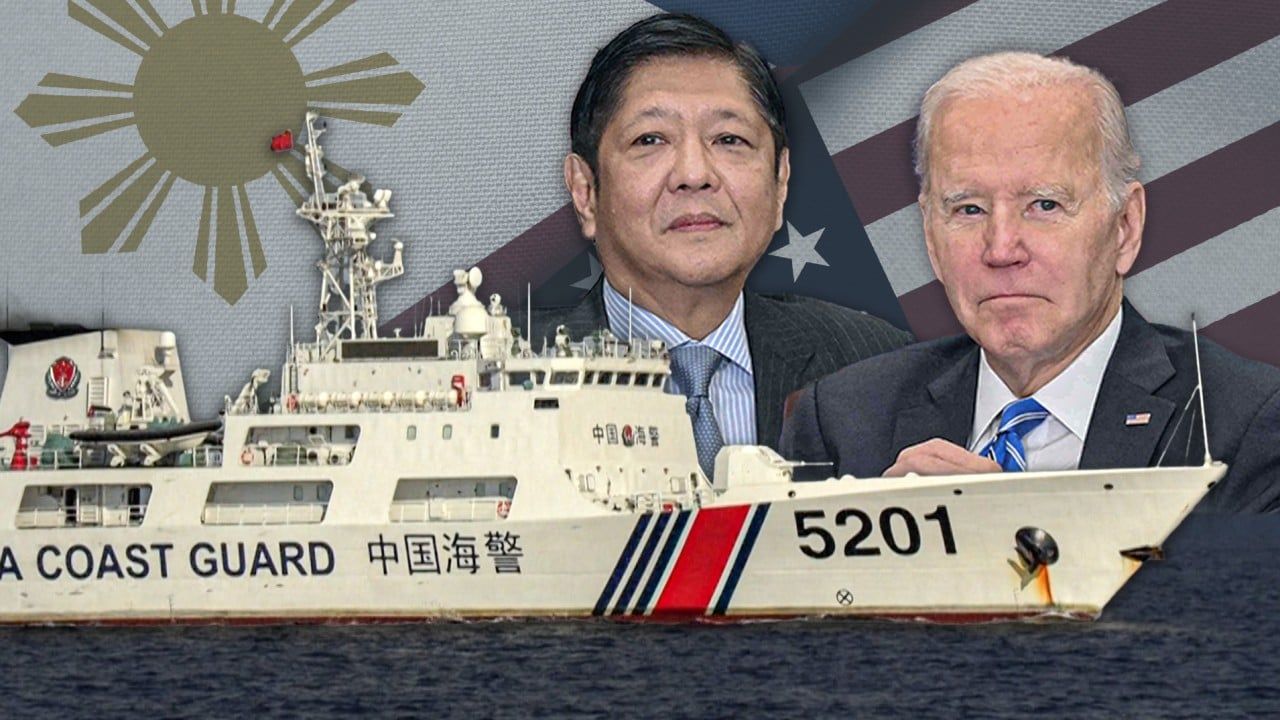
15:04
Why is the Philippines aligning itself with the US after years of closing China ties under Duterte
Why is the Philippines aligning itself with the US after years of closing China ties under Duterte
Last year, China accused the Philippines of “stoking the fire” of tensions after Manila identified four new military sites that Washington would have access to under its Enhanced Defense Cooperation Agreement. Three are near Taiwan and a fourth faces the disputed South China Sea.
Beijing also criticized the Maritime Zones Act approved by the Philippines Senate last week as an attempt to further enforce the “illegal arbitral award on the South China Sea”, with a spokesman saying that it severely violates China’s territorial sovereignty and maritime rights and interests in the disputed waterway.
The award refers to the 2016 ruling handed down by the Permanent Court of Arbitration in The Hague, which concluded that Beijing’s claims to almost the entirety of the South China Sea were groundless. China has rejected the ruling.
Amador said the Philippines’ Maritime Zones Act should not be viewed with hostility but instead seen as an open invitation to resolve outstanding issues such as the South China Sea code of conduct being negotiated by Beijing and Asean.
Is Philippines at front line of ‘WWII-style war’ with China over disputed sea?
With Batanes being prone to natural disasters, the new port could facilitate coastal and naval interoperability for humanitarian and disaster responses, according to Chester Cabalza, a security strategist and founding president of the Manila-based International Development and Security Cooperation think tank.
Pointing out that the Philippines had been “awakened” into flexing its defense muscles to confront external challenges, Cabalza further noted that the shift towards a more robust security policy had been accompanied by Manila’s recently unveiled Comprehensive Archipelagic Defense Concept (CADC).
Formally launched last week, the CADC is aimed at developing the country’s capability to protect and secure Philippine territory and exclusive economic zone.
“It is clear now that the Philippines under President Ferdinand Marcos Jnr has chosen to challenge China’s unilateral aggression within its disputed waters through the support of its treaty ally and union of liberal countries,” Cabalza said.
During Marcos Jnr’s visit to Germany and the Czech Republic this week, the Philippine president signed an agreement in Berlin to bolster Manila’s maritime and naval capabilities, he said.
The annual Balikatan military exercises between the US and Philippines are set to be held next month and in May, in key locations including islands facing the South China Sea and Taiwan, Philippine army Colonel Michael Logico revealed earlier this month.
“[The troops will] rehearse a deterrent force amid geopolitical risks in the Taiwan Strait and the South China Sea,” Cabalza said.
--
